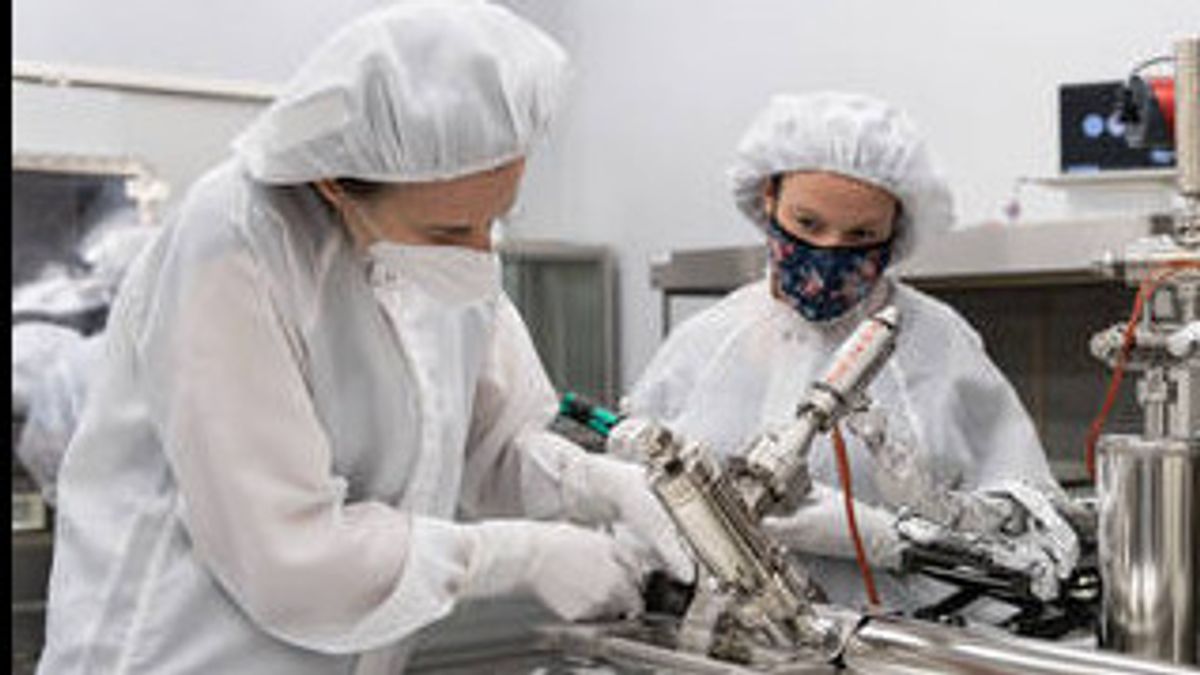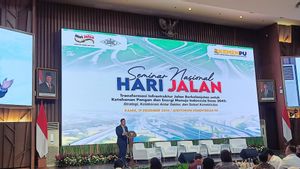JAKARTA - The Apollo mission to the Moon in 1972 brought a total of 2,196 rock samples to Earth. But NASA has only just begun to unveil one of the latter, which was collected 50 years ago.
During that time, some of the tubes remained sealed so that they could be studied years later, with the help of the latest technical breakthroughs. The opening of this sample is also in preparation for a new mission to the Moon.
NASA is setting aside Apollo 17 lunar rock samples to preserve the valuable samples collected in 1972 by astronauts Eugene Cernan and Harrison Schmitt, a geologist, collected in the Taurus-Littrow Valley within Mare Serenitatis.
The agency knows that advances in science in the coming decades there will be techniques available to study the rock.
"NASA knows science and technology will evolve and allow scientists to study matter in new ways to answer new questions in the future," said Lori Glaze, director of NASA's Division of Planetary Sciences.
Scientists decided now would be a good time to examine samples from Apollo 17, the last human mission on the Moon to date. Scientists unsealed the sample, dubbed Apollo Next Generation Sample Analysis Program (ANGSA) 73001 at NASA's Johnson Space Center in Houston.
It can contain gases or volatile substances such as water, carbon dioxide and others. Scientists are trying to understand the lunar surface with modern scientific instruments to prepare for the planned Artemis mission near the moon's south pole.
Launching Space, Monday, March 14, Cernan and Schmitt collected samples as part of the propulsion tube. They hammered a pair of 14-inch (35 cm) pipes connected downward, one above the other, into the surface to pick up rock and soil from the landslide.
One of the tubes (bottom) was sealed on the Moon before bringing it back to Earth, only one other sample has ever been collected in this condition, making the collection process almost unique. The other tube (top) is returned in normal character and unsealed.
These sealed tubes, which are being opened now, were kept in external vacuum tubes and then stored in an atmospheric controlled environment at Johnson for half a century.
The other half of the segment, which opened in 2019, shows grains and small objects of interest to lunar geologists. The sealed core happened to be in the lower segment, meaning it was quite cold when it was collected.
In the 1970s, scientists had no idea that volatiles (or substances, such as water, that evaporate at room temperature) were present on surfaces at such low temperatures. Now scientists know what to look for. They will hunt these volatiles with the Artemis program. NASA hopes to send astronauts to the Moon by 2025 and by 2026 at the latest.
There won't be much gas available, but modern mass spectrometry technology might be able to analyze what's there. This technique allows scientists to see the mass of an unknown molecule (or component of matter).
The English, Chinese, Japanese, Arabic, and French versions are automatically generated by the AI. So there may still be inaccuracies in translating, please always see Indonesian as our main language. (system supported by DigitalSiber.id)













